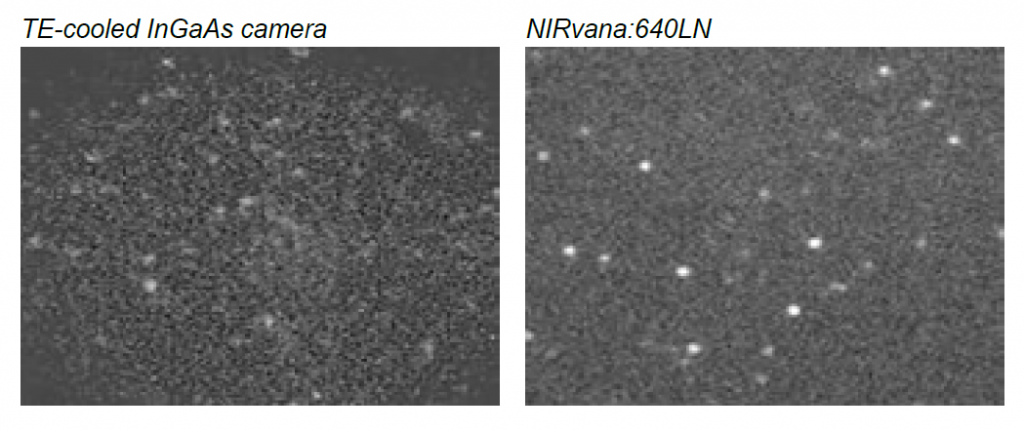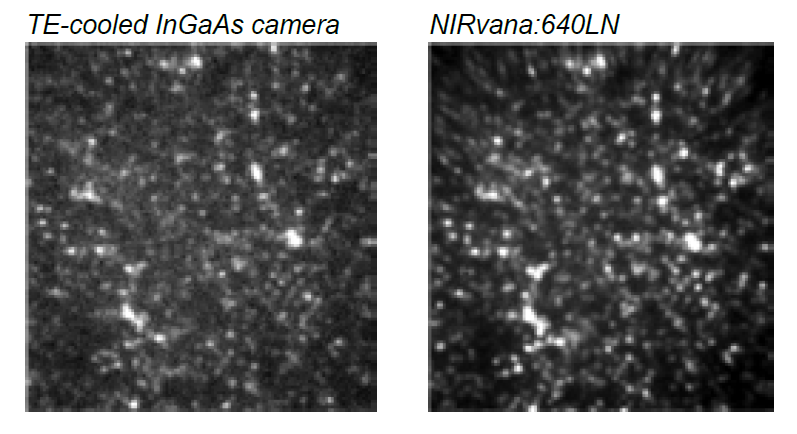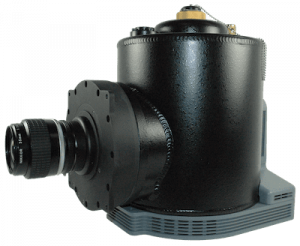Dr. Han Htoon
MPA-CINT / LANL New Mexico, USA
Background
Dr. Han Htoon is a researcher in the Materials Physics and Applications Division of the Center for Integrated Nanotechnologies (MPACINT), Los Alamos National Laboratory (LANL). The distinguishing characteristic of CINT is its emphasis on exploring the path from scientific discovery to the integration of nanostructures into the micro and macro worlds.
Dr. Htoon’s expertise encompasses many areas of nanophotonics and optical nanomaterials, including low-temperature, single-nanostructure optical spectroscopy and imaging; quantum optical measurements of individual nanostructures; single-nanostructure spectro-electrochemistry experiments; correlated structure, electrical, and optical characterization; magneto-optical spectroscopy; scanning confocal Raman microscopy; and scanning probe microscopy.

Challenge
Recently, Dr. Htoon’s group at CINT utilized a NIRvana®:640LN camera from Princeton Instruments to perform single-nanocrystal
spectroscopy for PbS quantum dots emitting at ~1250 nm.
Dr. Htoon’s group is the first to report single-nanocrystal spectral studies for this type of quantum dot with emission in the shortwave
infrared (SWIR) region. Their work will benefit the understanding and development of SWIR semiconductor nanocrystals for applications ranging from human health to national defense.

The unprecedented long integration times and low dark counts [of the NIRvana:640LN] enabled single-nanocrystal spectral experiments, which cannot be achieved with conventional InGaAs detectors for these dots
Solution
For the PbS quantum dot study, a NIRvana:640LN camera featuring a two-dimensional InGaAs focal plane array capable of being cooled down to 83 K (-190°C) via liquid nitrogen was coupled to a Princeton Instruments IsoPlane® 320 imaging spectrograph.
According to Dr. Htoon, the cryogenically cooled NIRvana camera’s unprecedented long integration times and low dark counts enabled
the groundbreaking single-nanocrystal spectral experiments by providing levels of contrast and sensitivity that cannot be achieved with other InGaAs cameras when working with these quantum dots (see Figure 1 and Figure 2).

